Pendle Finance: Earn Up to 15.5% APY with ETH LSTs on Arbitrum
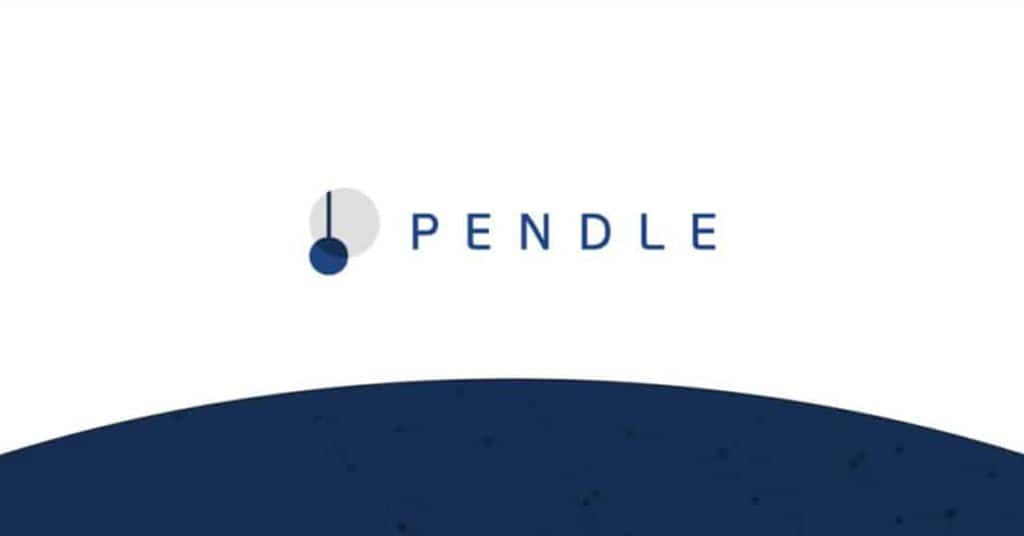
Before we get started, this is not a recommendation or endorsement to buy any token(s) mentioned.
Recently on The Edge Podcast, I had the opportunity to interview one of the most accomplished DeFi founders, who tends to keep a low profile–TN Lee. TN was a Founding Team Member at the DeFi liquidity protocol Kyber Network back in May 2017. Kyber remains one of the most foundational protocols in DeFi today, with a suite of products such as their DEX aggregator Kyberswap, and a free analytics tool called KyberAI which uses machine learning and AI to score how bullish or bearish a token is. During this early part of his career, TN also contributed to WBTC, which is now the most liquid form of tokenized BTC in the world, currently $4.7B in total BTC liquidity.
Fast forward to 2021, TN saw an opportunity to address the needs of DeFi investors who were struggling with the volatility and unpredictability of yields on-chain so he co-founded Pendle Finance. Pendle is a DeFi yield-trading protocol. It aims to reimagine the TradFi interest derivative market, worth over $400T in notional value, as trustless money lego, where anyone in DeFi can execute yield strategies such as earning fixed yield and longing the stETH yield rate.
One of the core innovations behind Pendle is yield tokenization. The source of yield in Pendle starts with yield-bearing assets such as Lido stETH, rETH by Rocket Pool, a Balancer LP staked on Aura, a Velodrome LP earning VELO emissions, GLP by GMX, or even a stablecoin LP deposit on Stargate. Yield-bearing assets are then split into two components:

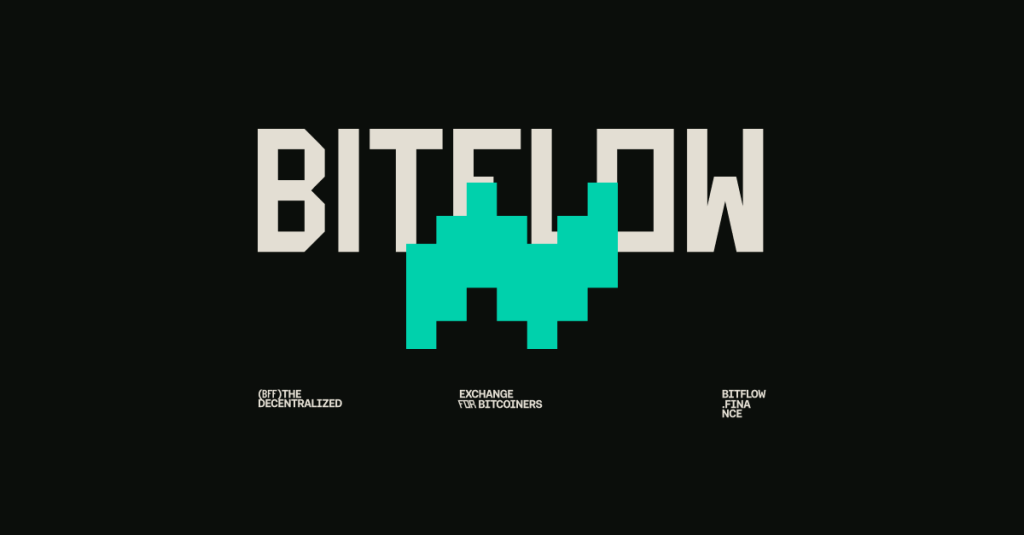



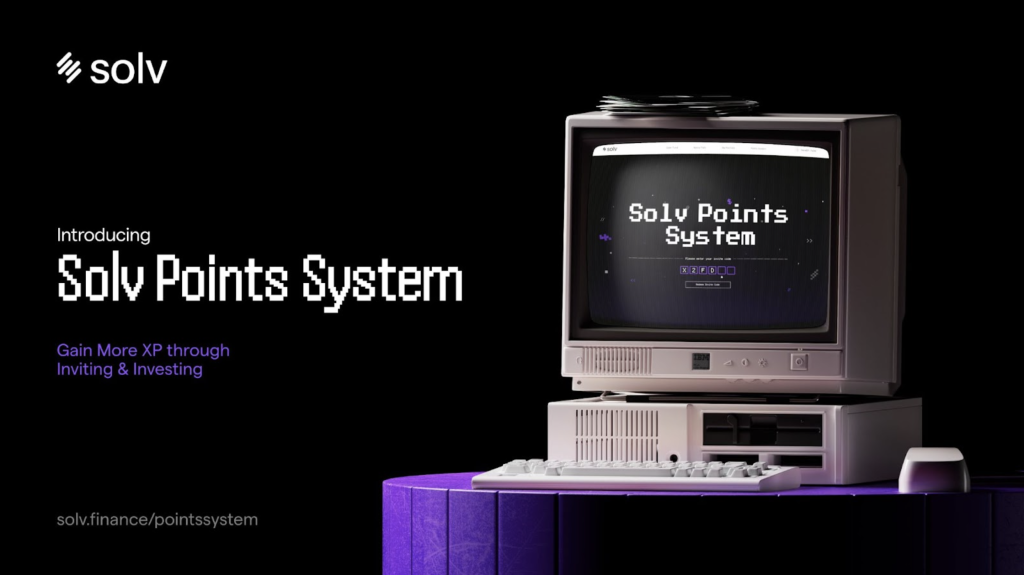
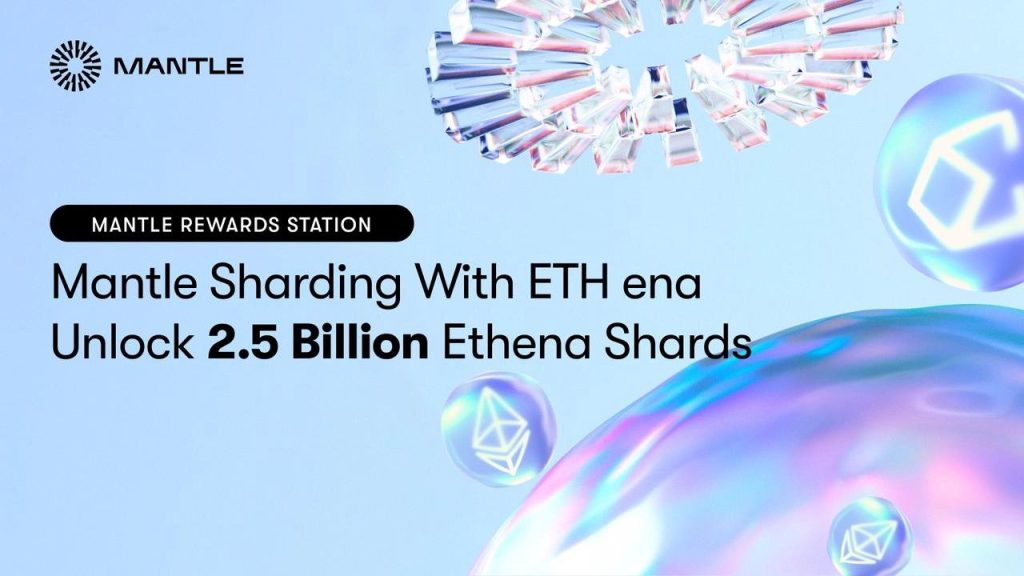
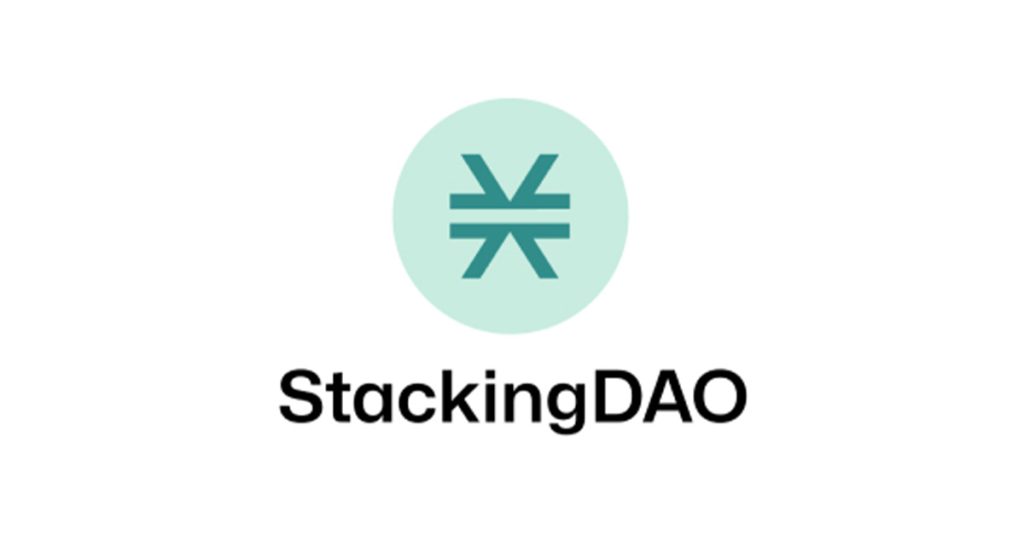
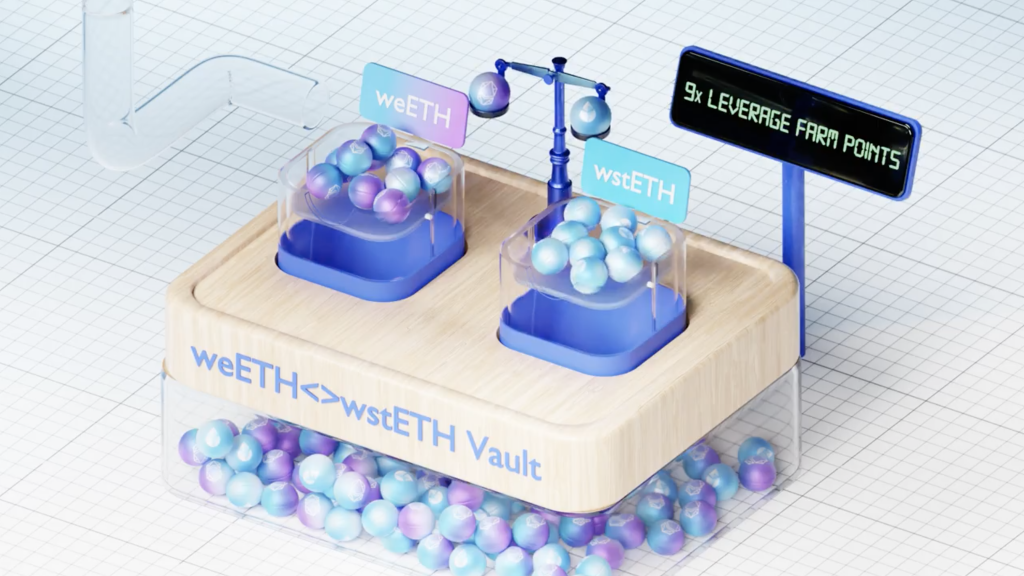
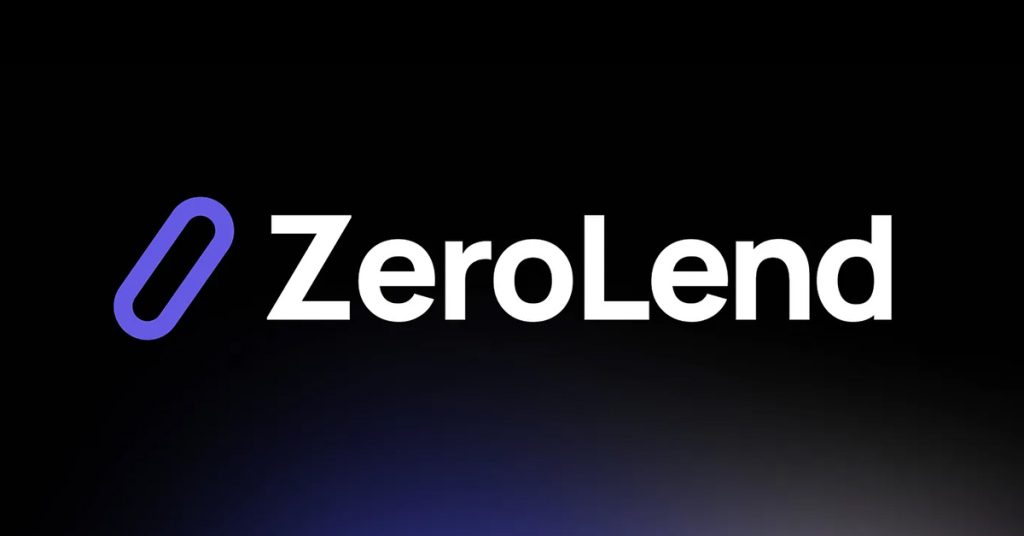
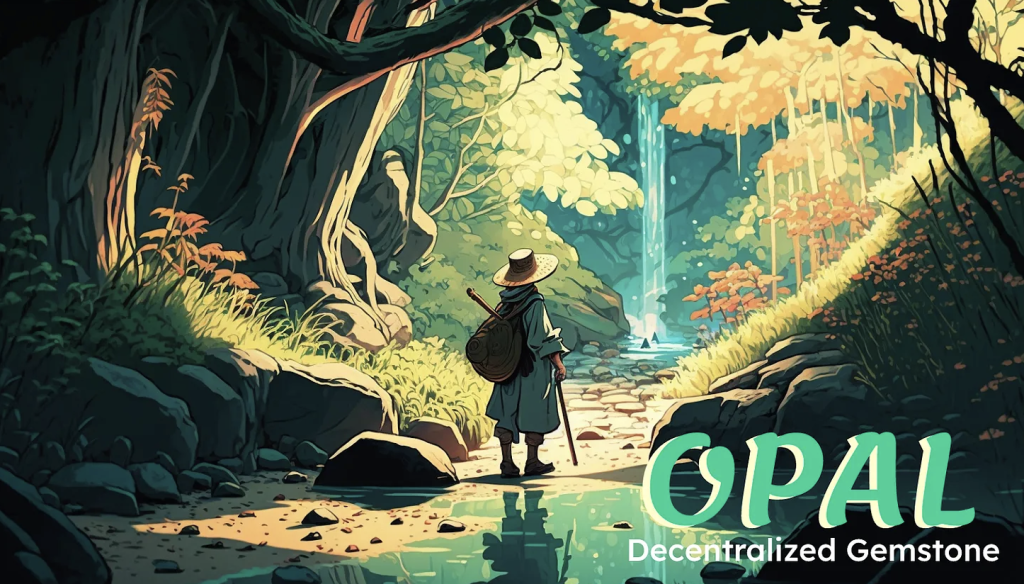
Responses